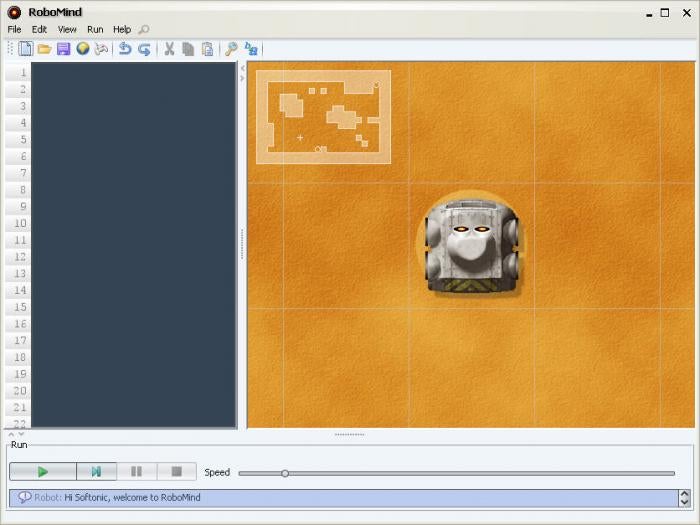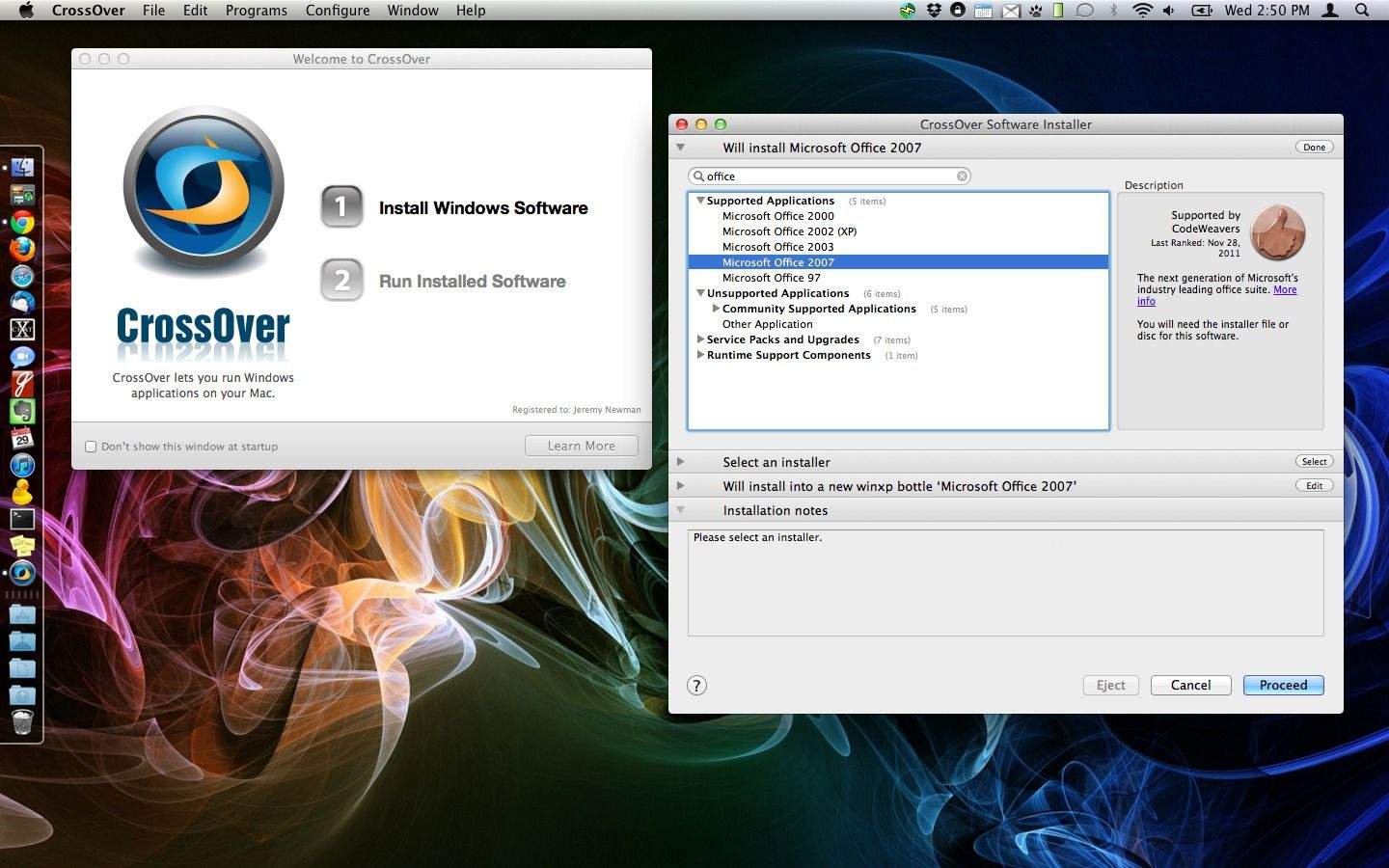Jun 15, 2020 However, to download this emulator, you will first need to allow apps from other sources to be installed. Allow Apps from Unidentified Developer in macOS. By default, your Mac only allows apps from the Mac App Store or identified developers. To download and install an Android emulator, you will have to tweak the settings a bit. Once you installed Mac operating system on your Windows with Virtualbox, after that, you can use or run Mac apps on Windows 10/8/7 PC. How to run Mac apps on windows 10 PC. If we compare Mac with Windows then Mac has very handy applications rather than Windows. Like, FaceTime, Dropzone, Bartender, Magnet, and many more.
What you need to install Windows 10 on Mac
- MacBook introduced in 2015 or later
- MacBook Air introduced in 2012 or later
- MacBook Pro introduced in 2012 or later
- Mac mini introduced in 2012 or later

- iMac introduced in 2012 or later1
- iMac Pro (all models)
- Mac Pro introduced in 2013 or later
The latest macOS updates, which can include updates to Boot Camp Assistant. You will use Boot Camp Assistant to install Windows 10.
64GB or more free storage space on your Mac startup disk:
- Your Mac can have as little as 64GB of free storage space, but at least 128GB of free storage space provides the best experience. Automatic Windows updates require that much space or more.
- If you have an iMac Pro or Mac Pro with 128GB of memory (RAM) or more, your startup disk needs at least as much free storage space as your Mac has memory.2
An external USB flash drive with a storage capacity of 16GB or more, unless you're using a Mac that doesn't need a flash drive to install Windows.
A 64-bit version of Windows 10 Home or Windows 10 Pro on a disk image (ISO) or other installation media. If installing Windows on your Mac for the first time, this must be a full version of Windows, not an upgrade.
- If your copy of Windows came on a USB flash drive, or you have a Windows product key and no installation disc, download a Windows 10 disk image from Microsoft.
- If your copy of Windows came on a DVD, you might need to create a disk image of that DVD.
How to install Windows 10 on Mac
To install Windows, use Boot Camp Assistant, which is included with your Mac.
1. Use Boot Camp Assistant to create a Windows partition
Open Boot Camp Assistant, which is in the Utilities folder of your Applications folder. Then follow the onscreen instructions.
- If you're asked to insert a USB drive, plug your USB flash drive into your Mac. Boot Camp Assistant will use it to create a bootable USB drive for Windows installation.
- When Boot Camp Assistant asks you to set the size of the Windows partition, remember the minimum storage-space requirements in the previous section. Set a partition size that meets your needs, because you can't change its size later.
2. Format the Windows (BOOTCAMP) partition
When Boot Camp Assistant finishes, your Mac restarts to the Windows installer. If the installer asks where to install Windows, select the BOOTCAMP partition and click Format. In most cases, the installer selects and formats the BOOTCAMP partition automatically.
3. Install Windows
Unplug any external devices that aren't necessary during installation. Then click Next and follow the onscreen instructions to begin installing Windows.
4. Use the Boot Camp installer in Windows
After Windows installation completes, your Mac starts up in Windows and opens a ”Welcome to the Boot Camp installer” window. Follow the onscreen instructions to install Boot Camp and Windows support software (drivers). You will be asked to restart when done.
- If the Boot Camp installer never opens, open the Boot Camp installer manually and use it to complete Boot Camp installation.
- If you have an external display connected to a Thunderbolt 3 port on your Mac, the display will be blank (black, gray, or blue) for up to 2 minutes during installation.
How to switch between Windows and macOS
Restart, then press and hold the Option (or Alt) ⌥ key during startup to switch between Windows and macOS.
Learn more
If you have one of these Mac models using OS X El Capitan 10.11 or later, you don't need a USB flash drive to install Windows:
- MacBook introduced in 2015 or later
- MacBook Air introduced in 2017 or later3
- MacBook Pro introduced in 2015 or later3
- iMac introduced in 2015 or later
- iMac Pro (all models)
- Mac Pro introduced in late 2013
To remove Windows from your Mac, use Boot Camp Assistant, not any other utility.
For more information about using Windows on your Mac, open Boot Camp Assistant and click the Open Boot Camp Help button.
1. If you're using an iMac (Retina 5K, 27-inch, Late 2014) or iMac (27-inch, Late 2013) or iMac (27-inch, Late 2012) with a 3TB hard drive and macOS Mojave or later, learn about an alert you might see during installation.
2. For example, if your Mac has 128GB of memory, its startup disk must have at least 128GB of storage space available for Windows. To see how much memory your Mac has, choose Apple menu > About This Mac. To see how much storage space is available, click the Storage tab in the same window.
3. These Mac models were offered with 128GB hard drives as an option. Apple recommends 256GB or larger hard drives so that you can create a Boot Camp partition of at least 128GB.
Ever found yourself in a situation where you loved software, only to know that it is compatible with Mac machines? Agreed, it is an anomaly as the number of Windows compatible software is vast. But at times, you might find yourself in such a situation or may come across with certain apps that work better on macOS.
If you are stuck in such a situation, here we will state ways for you to run Mac apps on your Windows 10 device. Surprised! Don’t be, just remember nothing is impossible.
Ways to run Mac Apps on Windows 10
Step 1: Make a Virtual Machine with macOS on it
This is the simplest way to get Mac on Windows and run Mac apps. To learn how to run Mac on Windows check out my tutorial on How to Install macOS Mojave on Windows 10 in a Virtual Machine?
The step by step guide will make you learn how to get macOS virtual machine and how to install it on Windows 10.
Once you have the virtual machine up and running with macOS on it, come back here to learn ways to install and run Mac apps on Windows.
Step 2: Use your Apple Account
From this step onwards everything will work in a similar manner as it works on actual macOS. You’ll need to login into your Apple account to access App Store. If you don’t have one you’ll need to create an Apple account.
To create an Apple account on a web browser, follow the steps below:
1. Head to Apple ID account page, fill in all the particulars given in the form to create your AppleID. Remember provided email address will be your new AppleID.

2. Next select security questions, if you want to receive updated checkbox to subscribe.
3. Click Continue.
These simple steps will help you create an Apple ID.
Run Mac Apps On Windows
Once done login to your Apple account to start downloading apps from App Store. To access App Store click on App Store icon present in the dock. Log in to your Apple account > look for the app you wish to download > click on Get > Install.
This will install the apps on your macOS virtual machine installed on Windows 10.
Using these simple steps you can use macOS on Windows 10 with the help of a virtual machine.
This might hit you with questions like what about the current session? Will you able to resume it from where you left or not?
To resume working from where you left you would need to shut down virtual machine in a sequence for this click on Apple logo > Shut Down. This will help you resume working.
However, if you want to extra cautious you can take a snapshot, to save the current state of the virtual machine.
To take a snapshot on VMware click on VM > Snapshot > Take Snapshot.
Next, give a name to the snapshot and hit Take Snapshot.
How To Get Windows On Mac
This way you’ll be able to save your current session.
Using these simple steps you can easily run Mac Apps on your Windows machine. However, you must never forget since you are using a Virtual machine they might not work as on actual macOS. This is simply due to a virtual machine sharing the host machine’s system resource. In addition to this, a piece of advice avoid updating your macOS Virtual Machine as the patch that makes the macOS virtual machine run is compatible with a specific version and may not work with the updates.
Of course, you can give it try, but keep in mind you can lose everything on the virtual machine in this process. You can also reach us on Facebook, Flipboard and Pinterest
Hurry up….! Subscribe to our YouTube channel to stay updated with tech related information